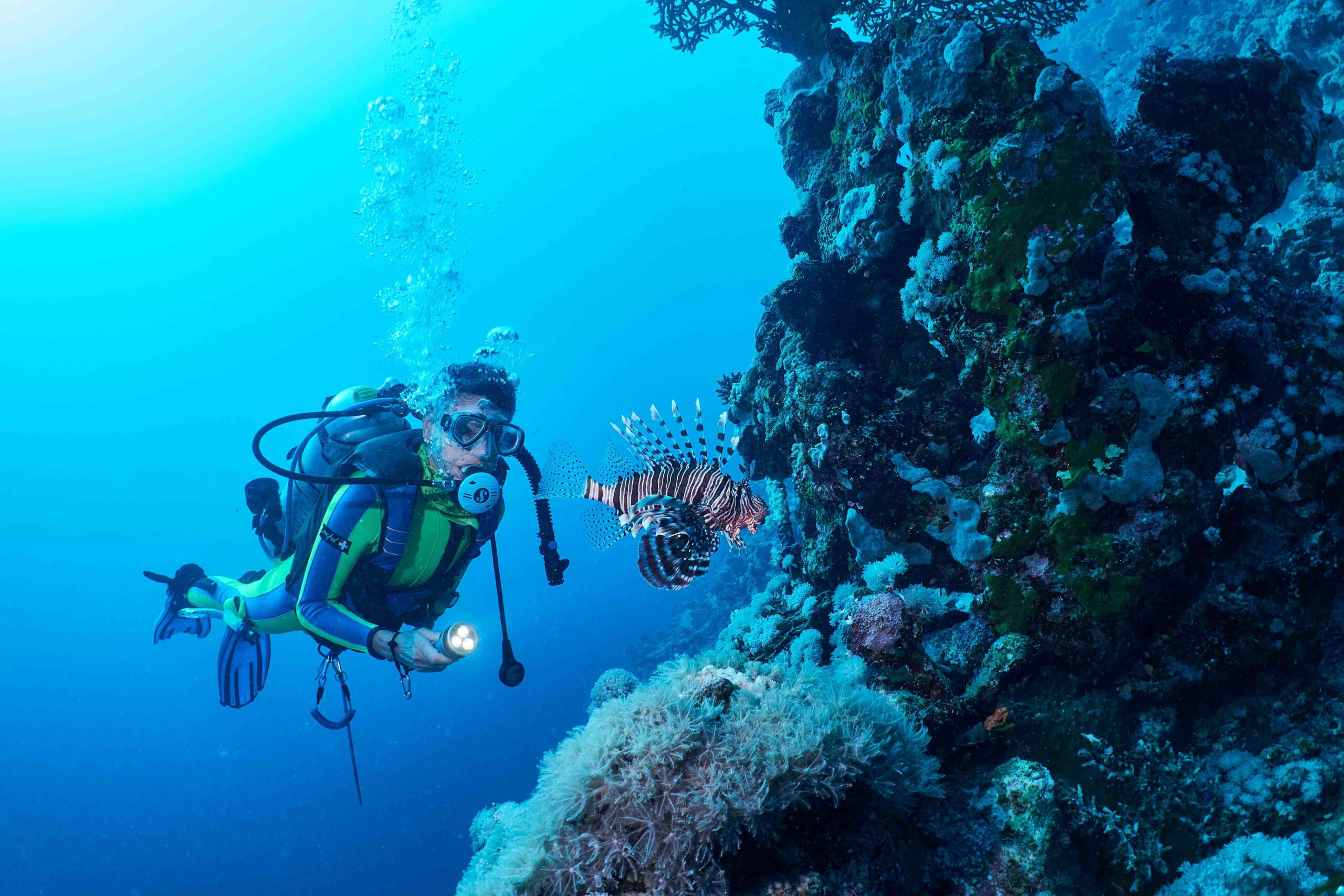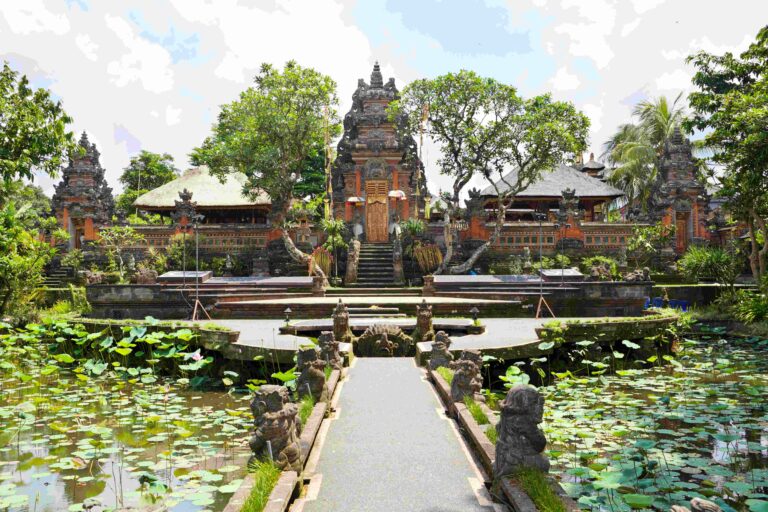Bali is Indonesia’s number one tourist destination and one of the reasons for that is the numerous dive sites that make scuba diving in Bali such a pleasure.
We’ve put together an amazing list of 20 dive sites in Bali that you’re going to want to visit as well as some of the basic information that you would need to have a great time diving here.
What Are Dive Conditions Like In Bali?
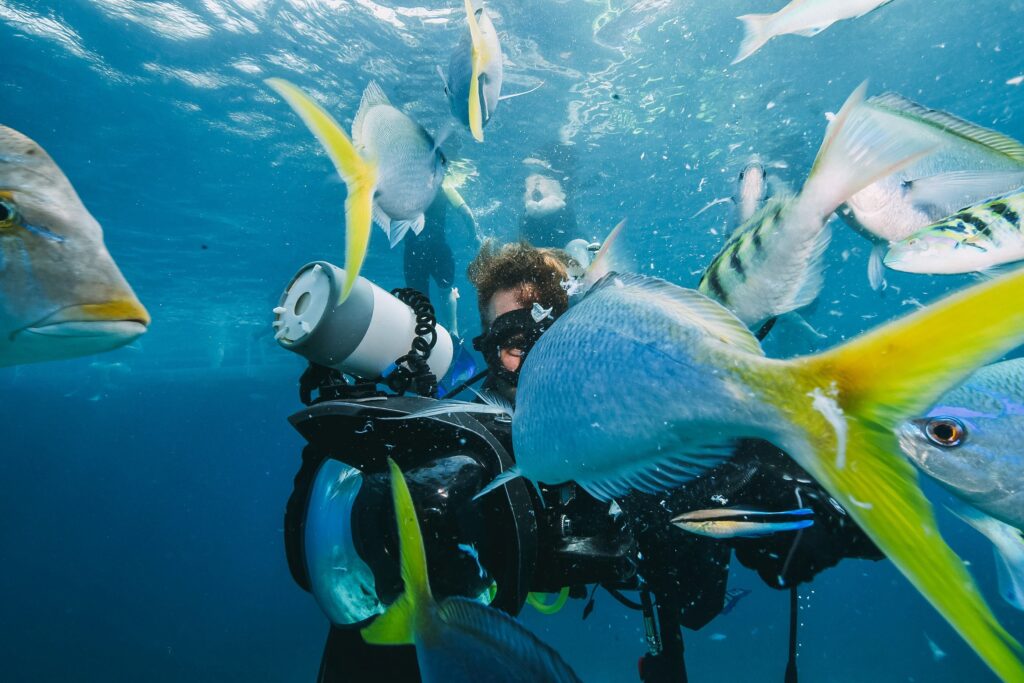
Bali’s waters are generally very warm. The water temperatures offshore from the mainland of Bali are typically between 27 and 29 degrees Celsius and 80 – 84 degrees Fahrenheit.
That means you don’t need a heavy wetsuit to go diving and 3mm of neoprene is probably more than enough for most dive sites in Bali.
If you want to go out to the Nusa Islands (Nusa Lembongan, Nusa Ceningan and Nusa Penida), the waters there are a bit colder and can be as low as 21 degrees Celsius or 70 degrees Fahrenheit.
5mm of neoprene is a better bet at these temperatures.
Visibility under water can vary but, generally, between 10-20 meters it’s pretty good.
The majority of diving in Bali is done between depths of 5 meters and 40 meters. There are deeper dive sites, though, that can help advanced divers push their skills.
When Is The Best Time To Go Diving In Bali?
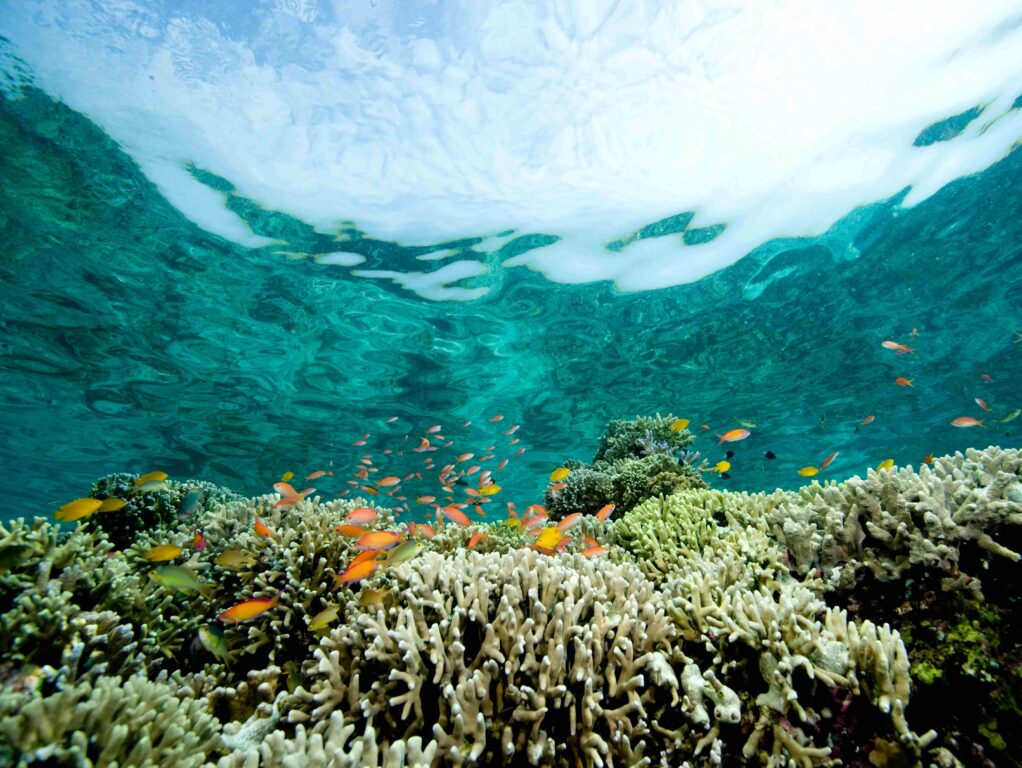
Bali is in the tropics and that means it has a dry season and a wet season. The dry season runs from April to September and the wet season from October to March.
However, these seasons are not good guides to the best diving times.
The best time to dive here is between September and November and January to March is the worst.
The transition months of April and October are fine for diving.
If you want to see the giant Mola Mola fish, July to October is the best season. And while you can see Manta Rays all year long, they are most numerous between April and June.
Do You Need Diving Insurance For Scuba Diving In Bali?

If you’re diving with a dive school or academy or as part of an organized tour – you should check to see if the dive operators provide insurance.
If not or you intend to dive while organizing all of your own logistics, you will need to purchase some insurance that covers you while diving.
Not all travel insurance policies will cover diving in Bali and you do not want to scuba dive without knowing that if something goes wrong, you will get the treatment that you need.
What To Bring For A Scuba Diving Trip In Bali?
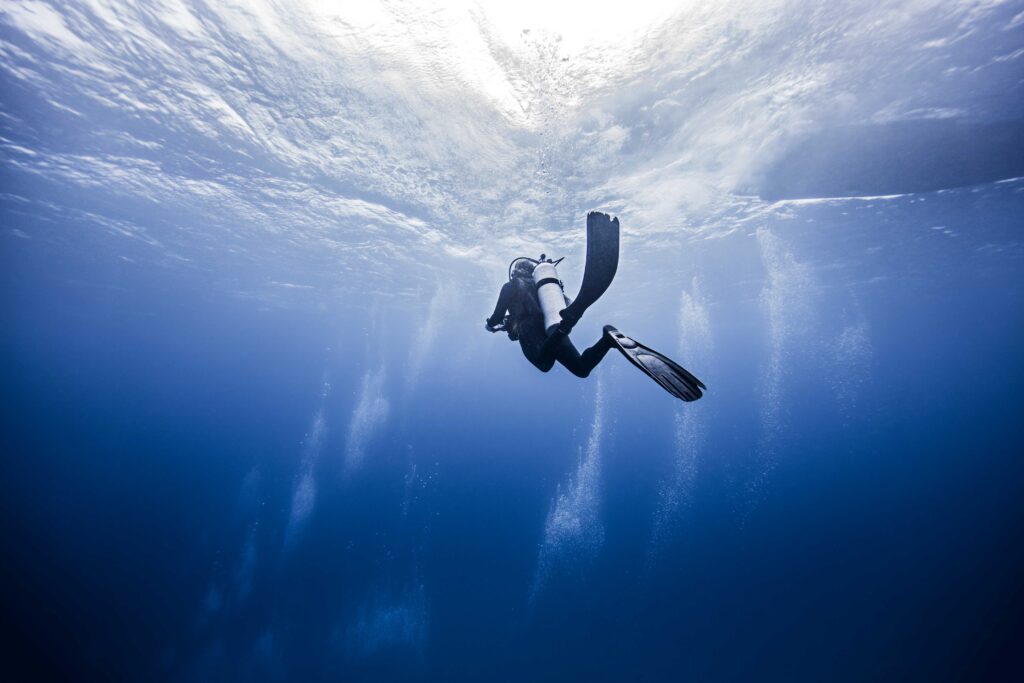
Scuba diving in Bali is suitable for all levels of divers from beginners to experienced divers.
If you’re not sure what to pack, this is our basic list:
Your own dive mask – rent all the rest of your equipment but spend a little money on your own mask. It’s the most comfortable and hygienic thing to do.
If you have a waterproof camera or camera plus waterproof housing – taking photos isn’t mandatory but if you have the equipment, you will want to bring it with you. Bali’s clear waters are perfect for underwater photography.
Surface marker buoy – it’s much easier to find scuba divers that make their position clearly
Scuba wetsuit – you can rent one, but you will be more comfortable on your scuba dive if you have your own
O-Ring Keychain – it’s so easy to lose o-rings, get a bunch of various sizes on a keychain and keep it on you
Anti-fogging spray – you might as well spend all your time muck diving if you don’t bring this spray. Seeing out of your mask is essential to get the most out of wreck diving, coral reefs, etc.
Surf hat – it’s not a fashion contest, protect yourself from sunstroke and sunburn while you’re on the boat
Polarized sunglasses – protecting your eyes is a smart thing on a trip for a scuba dive, keep the UV away with some polarized glasses
Waterproof log book – keep a record of your dives in a waterproof log book. Scuba divers can improve a lot between dives by reviewing info from past trips.
Dive training – beginner divers should attend a dive center and get some training before heading to any of the dive locations mentioned here. Seeing the world underwater safely requires that you are sufficiently skilled before you try to tackle any given dive site. Advanced divers may also visit the dive centres to try and get some inside knowledge of the best dive sites for them to go scuba diving in Bali.
The 20 Best Scuba Diving In Bali Sites
The USAT Liberty Shipwreck @ Tulamben
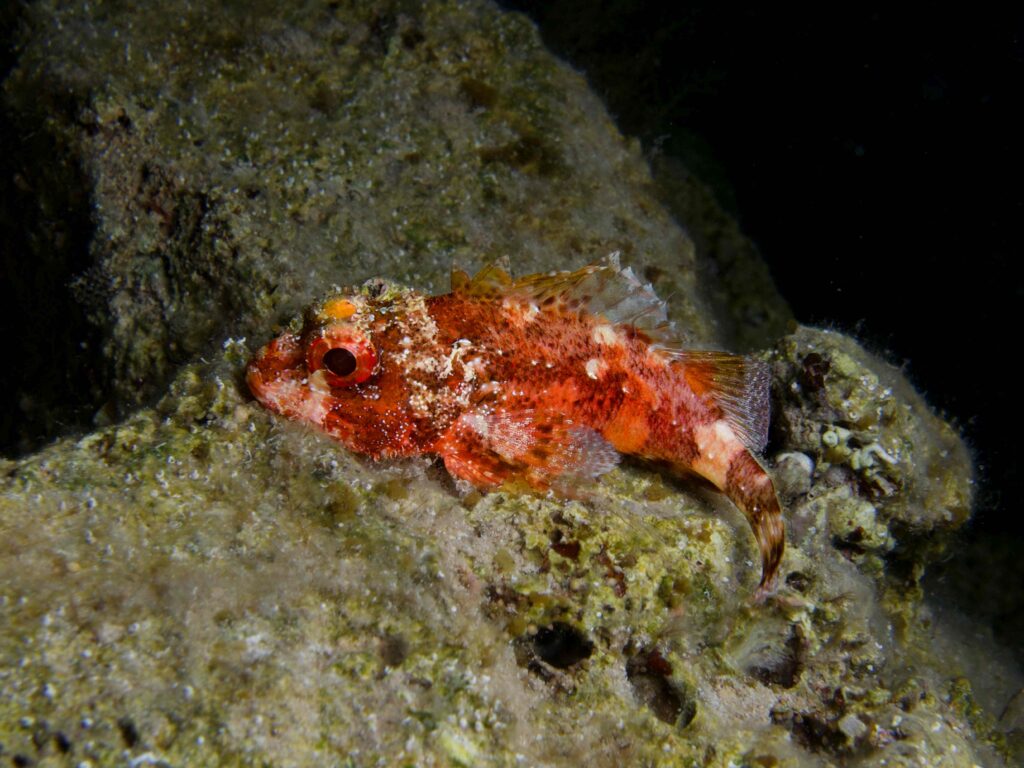
Indonesia was as caught up in the Second World War as the rest of Southeast Asia and the USAT Liberty, an American cargo ship, was sunk offshore by a Japanese submarine.
There is, perhaps, no better wreck diving site in the world for beginners as this is the most accessible wreck anywhere on Earth.
Why? Well, local authorities working with the Americans towed the wreck ashore after it had been sunk.
Then in 1960, a volcanic eruption threw the wreck off of the beach and into the sea again but not very far.
Scuba divers can find it just 5 meters below the waves and advanced divers will easily be able to visit the lowest part of the wreck which is only 28 meters down.
The marine life here is awesome and you can see jackfish, parrotfish, ghost pipefish and scorpion fishes here. Wreck dives mean you have the equivalent of an artificial reef to swim around.
Because it’s so close to shore, it’s essentially a shore dive and that means, you can visit all year round as the weather barely affects the waters around this wreck.
Crystal Bay @ Nusa Penida
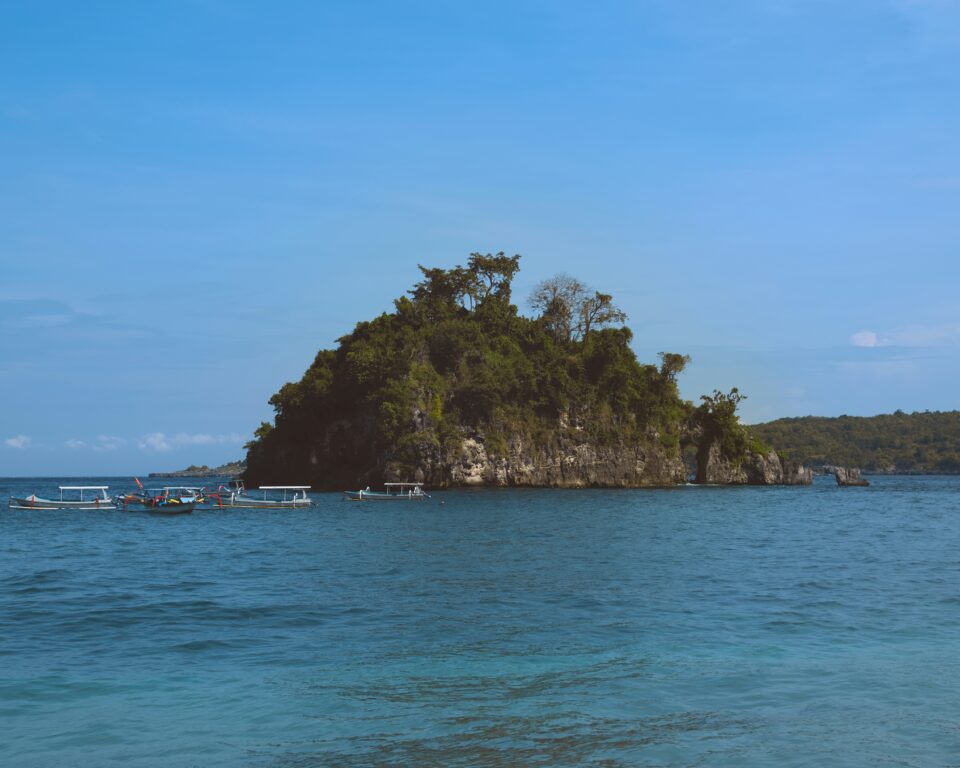
Crystal Bay is part of the channel between the two Nusa Islands of Nusa Penida and Nusa Ceningan. It’s where you can see the Mola-Mola during the season that runs from July to September.
This oceanic sunfish is the largest form of marine life in Bali that’s easy to access from a dive site and it’s considered to be the “holy grail” of scuba diving in Bali to meet one.
However, there’s no guarantee that you will see them (and you may need to dive in Crystal Bay multiple times to do so) but the best time of year to dive for this July-September.
This dive in Crystal Bay is for advanced divers only, however, as you may need to get very deep (30 meters or more) to get the level of visibility you need to see these fish.
Also, make sure to wear a thicker wet suit than you’d wear on the mainland, the water is colder here.
Manta Rays at Manta Point @ Nusa Penida

If you want one of the easiest dive spots to meet amazing marine life, then you want to come diving at Manta Point.
The manta rays here at Manta Point often break the surface of the water and you won’t need to go more than 5 meters down to swim with these magnificent creatures.
(And no, they can’t sting you, they’re not sting rays, manta rays are very gentle giants).
The only downside to this entry in our best dive sites in Bali list is that the water can get a bit rough and choppy (particularly in the wet season) around Manta Point and if you suffer from sea sickness the boat trip can be a bit of a nightmare at this time of year.
However, we can recommend this dive trip to any diver seeking diving sites that will leave a lasting impression on their memories of Bali.
Eels Garden @ Menjangan Island
This dive site is in the West Bali National Park (or the Taman Nasional Bali Barat National Park in Bahasa).
The West Bali National Park is the most North-Westerly point in Bali and covers both land and sea areas.
This includes the offshore Menjangan Island. This island is host to an incredible 11 separate dive sites and you can’t go wrong with a visit to the area with a knowledgeable local guide and diver.
Eels Garden is one of the best here and it begins with a lovely deep wall that is decked out with attractive gorgonians.
Then the sandy bottom is covered in, surprise, surprise, garden eels before the sand turns into a hard coral garden.
This is some of the most unspoiled coral on Earth thanks to the natural park status of the area and the protection of the Indonesian authorities.
Drop-Off @ Tulamben
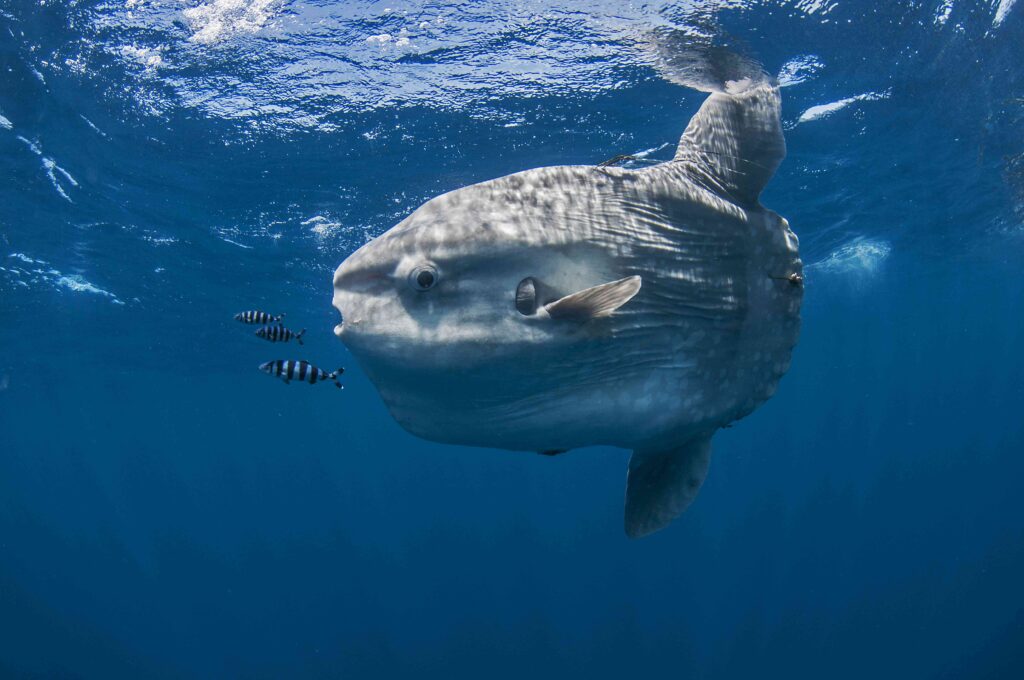
This wall diving in Bali venue is one of the most popular sites for highly experienced divers who want to develop their tech diving skills.
While nearly every diver will visit this site after they’ve been to the USAT Liberty dive site, most will not be able to complete the 80-meter wall dive here. Nor should you try unless you have been trained to tackle this dive.
This area has some amazing marine life too and the pygmy and Denise seahorses at this dive site are amazing.
Underwater photographers say that this is one of the best places to get a great picture beneath the waves of the Indian Ocean.
POS2 @ Menjangan Island
The wall at this site on Menjangan Island is the steepest and deepest around the island and that means you may not be able to complete the wall unless you can swim to depths of 40 meters.
However, that’s not the only thing at POS2 and if you love coral reefs then you’re going to love the shallow coral reefs here which provide a cornucopia of colours.
Those who want to see rare and unusual Balinese fish life are also in for a treat at this best dive site in Bali.
There are frogfish, crocodile fish, clown fish and even “sexy” shrimps!
You can’t go wrong with this dive site and it’s not as popular as some of the busiest sites on Menjangan Island which means your boat may have it all to itself.
Seraya Secrets @ Tulamben
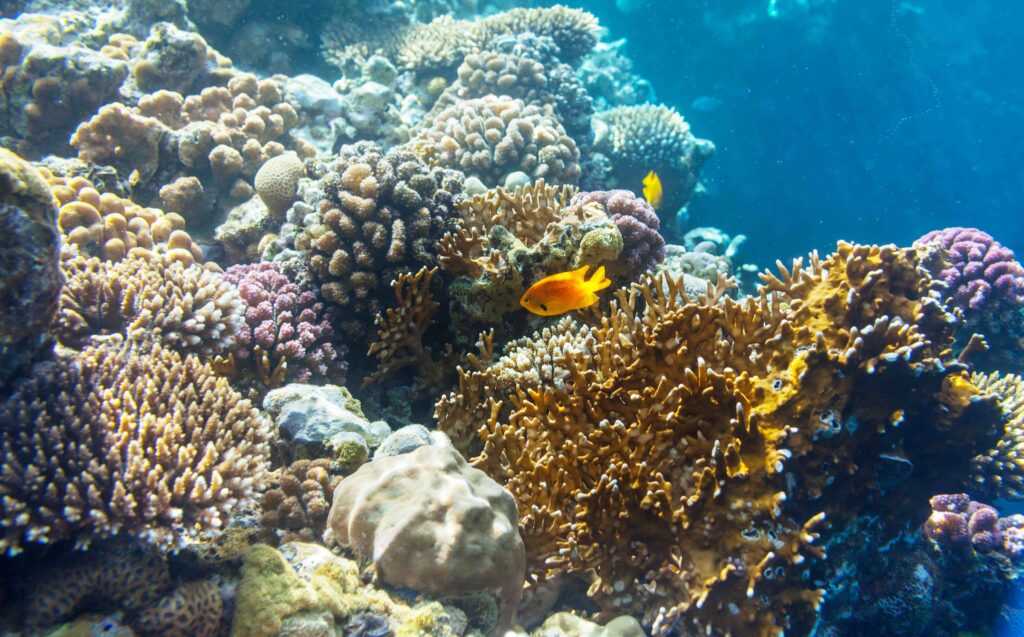
If you’re all about taking macro photos under the sea or have a particular love of the nudibranchs, then you’re going to love Seraya Secrets.
There is a deep black sand slope here that leads to the main dive spot but given that visibility isn’t the greatest at the bottom, most photographers tend to stick to diving 20 meters or less.
It’s worth visiting too. The world’s most handsome sea slug (the doto nudibranch or “donut”) calls these waters home.
You can also see the harlequin shrimp (a genuinely gorgeous creature ), leopard moray eels and frogfish!
Dive sites in Bali always tend to have a rich variety of marine life but this is a particularly good spot for those that love their fish.
Muck Diving in Secret Bay W/ Gilimanuk
Even some advanced divers don’t enjoy muck diving but it’s a good experience, at least, once in your life.
If you want to find the Gilimanuk, one of the more unusual specimens of Bali’s rich marine life, then you can find it buried in the black volcanic sand under the water here at Secret Bay.
We don’t recommend muck diving as your first diving in Bali experience because it really is a bit odd, but if you want to give it a whirl this is one of the best dive sites in Bali to do it at.
There is a local dive centre that can help ensure that you get the most out of this dive.
Mandarin Point @ Pemuteran

If you’re looking for the best diving in Bali for couples, this might be the place for you to go scuba diving.
Bali has many places for scuba divers but very few of them are home to the mandarin fish.
It’s considered to be one of the most romantic creatures below the waves. Why? Because mandarin fish mate for life and they spend all of their lives swimming, mating and being together!
They are also very pretty fish with bright greens, blues and oranges making up their colour scheme.
However, be warned this is a muck diving venue. It’s not going to work for everyone.
Mangrove @ Nusa Lembongan
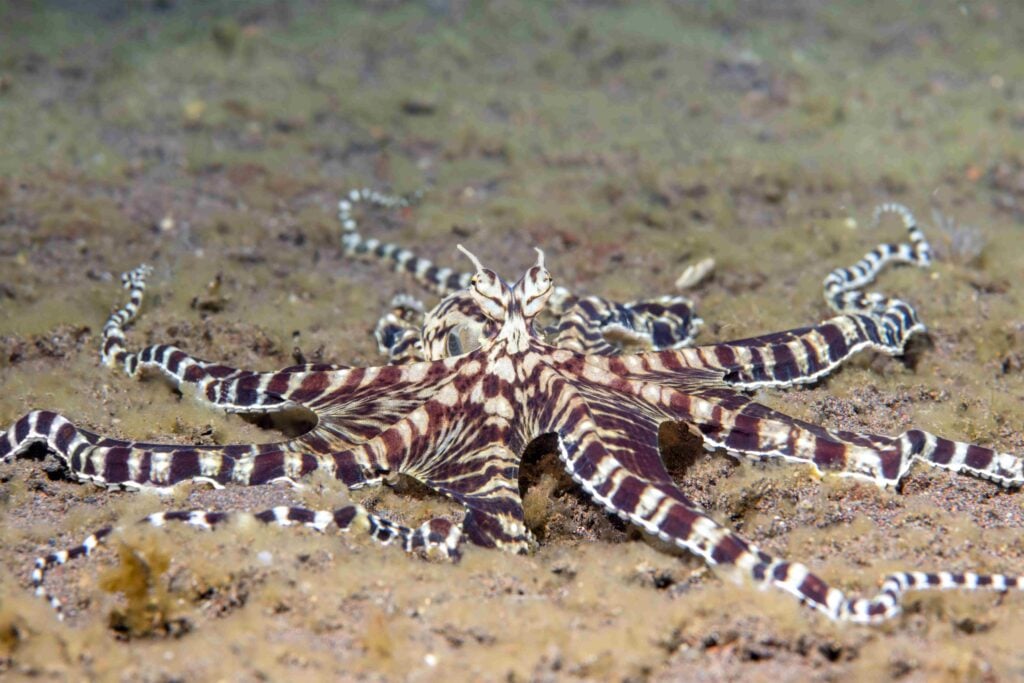
If you’re looking for amazing drift diving experiences then you can’t go wrong with starting at the Mangrove Forest near the north coast of Nua Lembongan and going for an hour or more.
Drift dives, however, are not for newbies, you need real experience of diving before you tackle this or some of the other dive sites on our list.
We’d recommend visiting the local dive centres and getting an assessment of your skill level and any additional training you might need before you tackle this dive.
The overall length of this dive experience depends very much on the currents of the day and while it’s normally a long dive, we’ve done this in under twenty minutes in rough conditions!
The Wall @ Amed
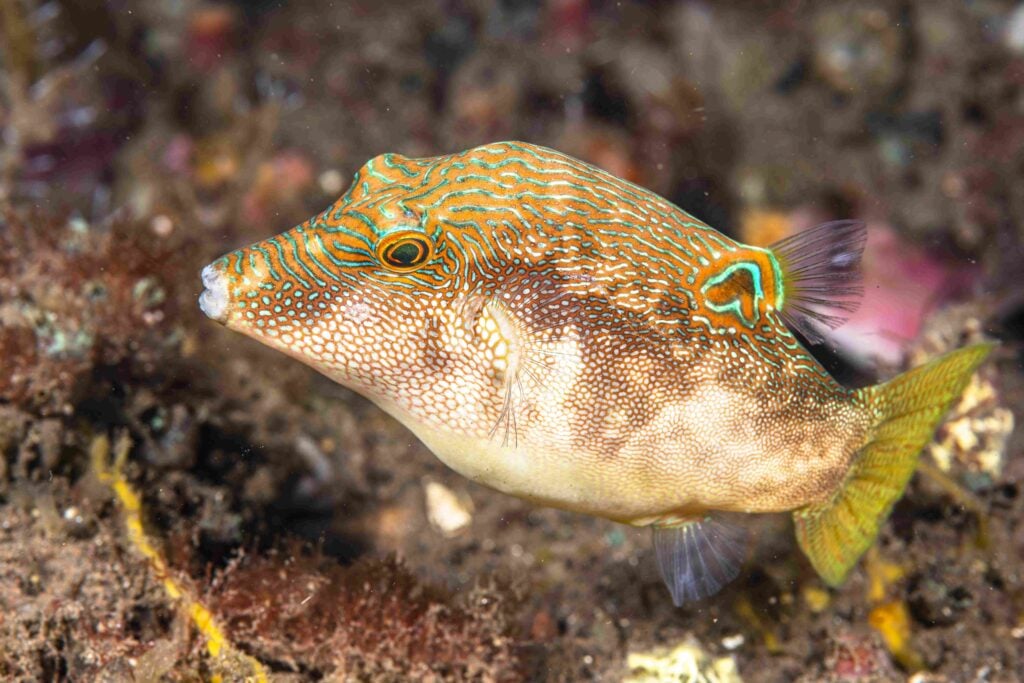
This is the best place in Bali to go scuba diving from a traditional fisherman’s jukung boat.
Amed is on Bali’s East Coast and it’s for everyone looking for deep dives and macro work. You can dive up to 40 meters at this spot if you have the right level of experience.
However, be warned, you must watch your air consumption here – the currents can be very strong and you can get through your air much faster than normal.
Do take time to visit the Pyramids here too, this is an artificial reef that is covered in rich marine life.
See ribbon eels, mantis shrimp and so many nudibranchs that you’ll think they’re going out of fashion!
Shark Point @ Padang Bai

We love to see new species when we go diving in Bali and this is the best place in the Ocean to spend some time among the whitetip reef sharks.
They’re quite safe, of course, very few shark species attack human beings and these ones are far too small to tangle with you.
The currents here can be a bit unpredictable though and we’d recommend that you don’t do this dive as a beginner.
Blue Corner/Blue Lagoon @ Nusa Lembongan
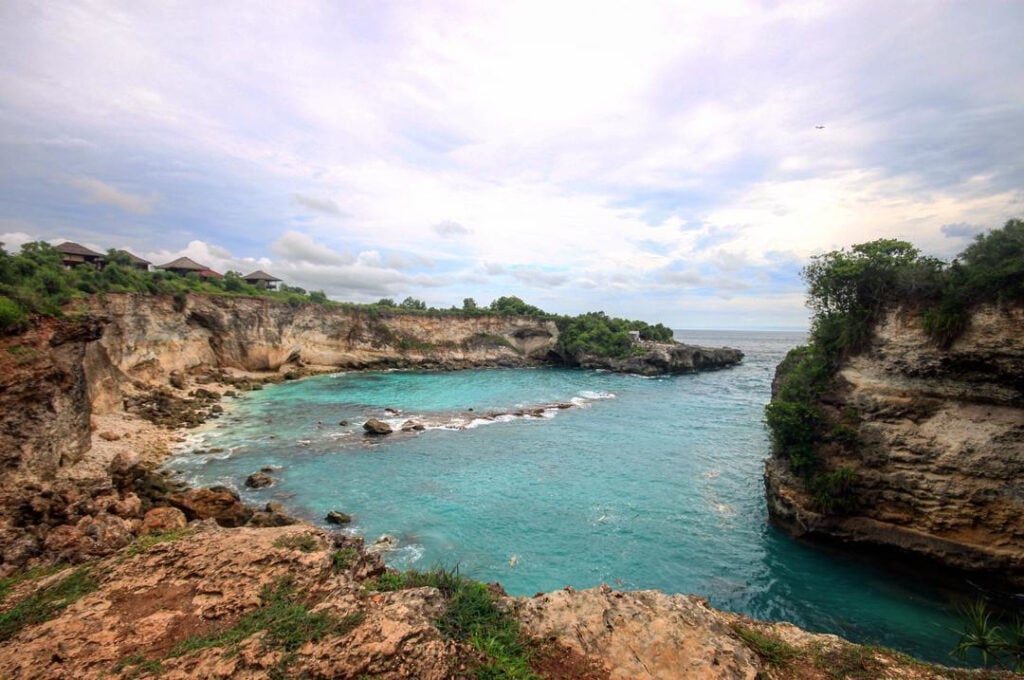
This is an amazing dive in Nusa Lembongan but it’s for advanced divers only. You will need to go deep in waters that are not as warm as the rest of Bali.
The good news is you can see manta rays, mola-molas, sharks, and even sting rays here.
The bad news is that you do need to be cautious around sting rays, you don’t want to become an item on the national news, right?
However, assuming you are up to the 40-meter dives here, you won’t be sorry that you went. It’s just teeming with life and beauty!
Jetty @ Padang Bai
You will need to phone the dive centres at Padang Bai to confirm that you can get access to this site as it has been closed off and on since 2018 due to commercial work on the jetty itself.
However, if you can get there and you have a camera, you’re in for an amazing treat at this one of the best dive sites in Bali.
Coral grows directly on the pillars of the jetty and makes for spectacular underwater shots!
There is also plenty of fish for you to enjoy at this site including the rhinopias, flying gurnard and much, much more.
If you can get access this is a dive very much suited to divers of all abilities and it’s not very far from shore at all.
Puri Jati @ Bubunan

The fish at this site are incredible and there’s so much variation that you’re bound to come back with some amazing photographs.
However, it is a muck diving site and that means it won’t be everyone’s cup of tea.
It is a good site for a beginner’s first muck dive, though, so if you want to get your first lesson in this more unusual form of diving, you could head here.
It’s in North Bali and quite a long way from many of the other dive sites in Bali.
Ghost Bay @ Amed
Back on the East Coast, you’ll find this very popular dive site which has very little current and great visibility.
It uses an artificial reef to draw in the local sea life and if you love to take photos underwater, this could well be your favourite dive site in Bali.
They have mimic octopuses, pipefish, stone fish, razor fish and more. However, you will probably want to dive with a local diver to make the most out of a trip to Ghost Bay.
That’s because many of the most interesting fish are highly camouflaged and it takes a local to spot them from the background.
As you might expect this is a muck dive and it won’t be for everyone.
Anker Wreck Diving @ Menjangan Island
The Anker Wreck is one of the deepest dives on Menjangan Island. However, the waters here tend to be very calm, indeed.
It’s the perfect place for those looking to become more advanced divers and to take their first deep dive in the sea.
It’s a beautiful site too with extensive sponge life as well as hard and soft coral life on display.
Nobody knows where the actual wreck came from and the name “Anker” was bestowed upon it by locals, rather than the actual name of the boat.
You may not take or move any artefacts you encounter at this site as it’s a criminal offence to do so in an Indonesian national park.
However, if you take a camera, you will get amazing pictures of batfish, fusiliers, and bannerfish! And you can take the camera and shots home with you!
Ceningan Wall @ Nusa Penida
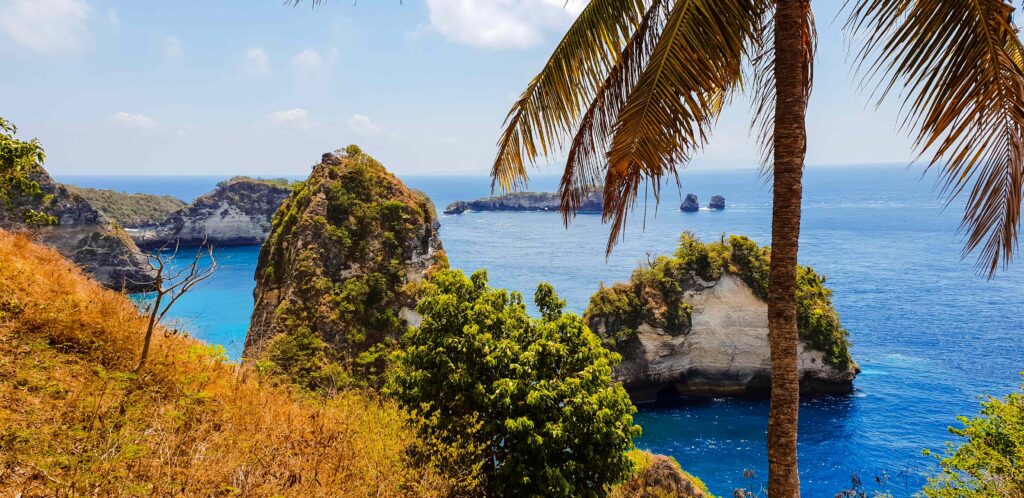
This part of Nusa Penida is also covered by a marine protected area order and that covers over 20,000 hectares of the Indian Ocean around here.
Nearly 5% of that area is covered in coral reefs (nearly 300 species of coral are found here) and it’s home to nearly 600 types of fish.
You should be aware that the Ceningan Wall makes for one of the deepest dive sites in Bali and the deepest part of the ocean here is 80 meters down. That is for advanced divers only.
It’s best to visit between April and November as the water is quite warm during these times, but outside of this season, the water gets much colder and you will need a thicker wet suit.
There are some serious fish here too including tuna, barracuda and the gorgeous marble ray! If you love to take photos of fish, you’re going to love this site.
You can easily get a boat from Bali to go scuba diving at this site too, you don’t need to stay on the Nusa Islands to dive here.
SD Point @ Nusa Penida
This is a great spot to see the mola-mola but if you don’t arrive during their main season, you can also find sea turtles, wobbegongs, string rays, stone fish, bamboo sharks and much more in these waters!
The oceanic sunfish need to eat a lot of jellyfish too and these waters are alive with some of the most attractive jellyfish that you will see anywhere on Earth.
If you want to see the mola-mola come at the right time of year and dive in the mornings, they tend to come up towards the surface at this time of day.
We should also point out that killer whales, sea lions and sharks can hang out here looking to eat the Mola-Mola.
Temple Point @ Pemuteran
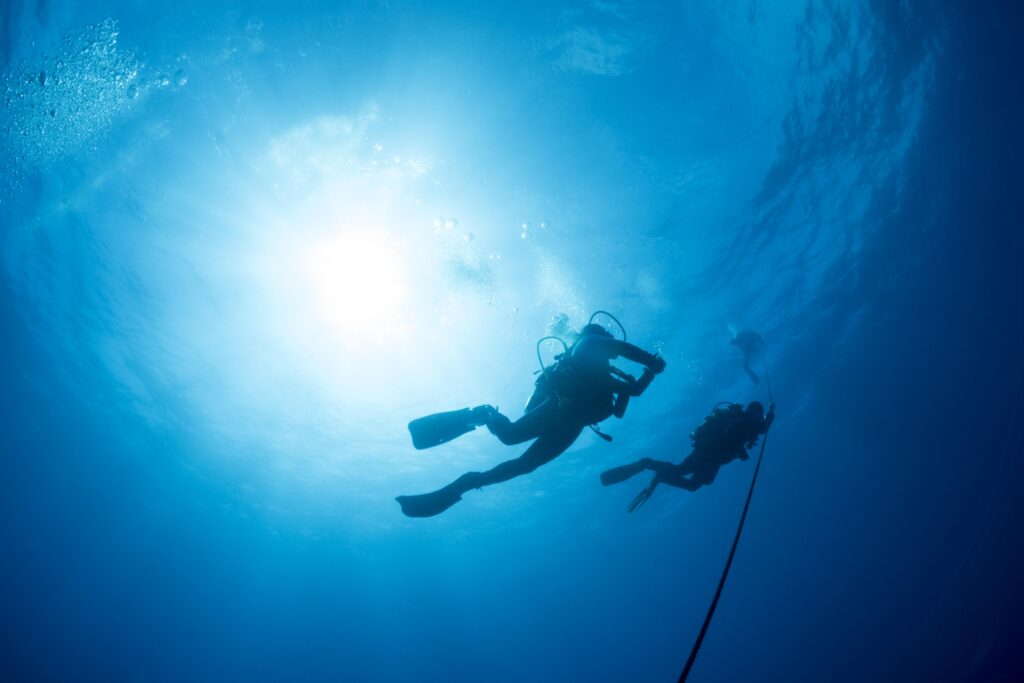
This is a completely manmade dive site that was built by three local dive schools and it’s really lovely.
They have a Temple Garden (about 30 meters down) that features statues of the Buddha, Hindu Deities, and sea creatures.
It’s designed for advanced divers but you can dive with an open water certificate here if you can convince the guides that you have the experience to do so.
Check out the cleaner shrimp, which will be happy to clean your hands if you’re gentle!
FAQs
Is There Good Diving In Bali?
Yes, in fact, as you can see above the best scuba diving in Bali rivals the best scuba diving in the world. You can go shore diving, deep sea diving, muck diving, drift diving and more in Bali.
And you can see Manta Rays, Reef Sharks, beautiful Coral Reefs, black volcanic sand, oceanic sunfish, and so much rich marine life that you can never grow bored doing some diving in Bali.
Where Are The Best Dive Spots In Bali?
We believe the 20 dive sites listed above are the best places for scuba diving in Bali. Each dive site has been chosen for its unique qualities from manta rays to reef sharks and for a specific type of diving experience.
What Month Is Best To Dive In Bali?
It depends on what you want to see during your time at the best dive sites in Bali. Generally speaking, the best time to dive is between September and November but there are other good times of the year to dive.
Advanced divers may be better prepared for diving in Bali in more adverse conditions too.
What Months Can You Dive In Bali?
Officially, Bali scuba diving takes place all year round and none of the best dive sites in Bali are closed for any part of the year.
However, January to March is probably for advanced divers only and a dive trip at this time of year will face more challenging conditions and visibility may not be the best, either.
How Much Does It Cost To Dive In Bali? Is Scuba Diving Expensive In Bali?

It depends on the diving season, the dive destinations you want to visit, your level of experience and the equipment you want to rent.
But prices of 1.5 – 2 million IDR excluding equipment hire tend to be about right for many dive sites. This will include 2 scuba dives and the trip to the site and back again.
How Deep Is Scuba Diving In Bali?
Typically scuba diving in Bali isn’t that deep at most dive sites. You should be an advanced PADI-qualified diver if you want to go deep diving (30 meters or more) or muck diving.
However, many dive sites in Bali see you dive from 5-20 meters below the waves. You certainly don’t need to go very deep to meet manta rays or see beautiful coral reefs.
Final Thoughts On Scuba Diving & Scuba Divers In Bali
Whether you want to swim with manta rays or go muck diving for treasures, there’s a dive site for you and your friends and family in Bali.
Scuba diving in Bali is among the best in the world and the dive sites mentioned above will give all scuba divers a thrill and plenty of challenges to enjoy.
The marine life of the coast of this volcanic island chain makes for fantastic diving experiences and it’s super easy to learn to dive too because there’s a dive center in pretty much every diving location.

